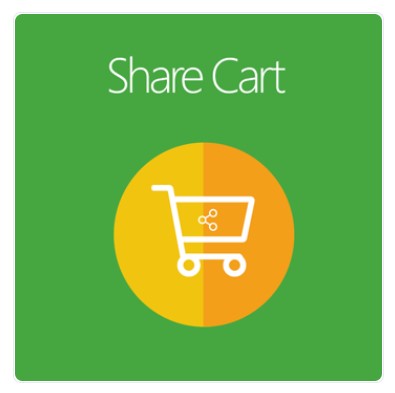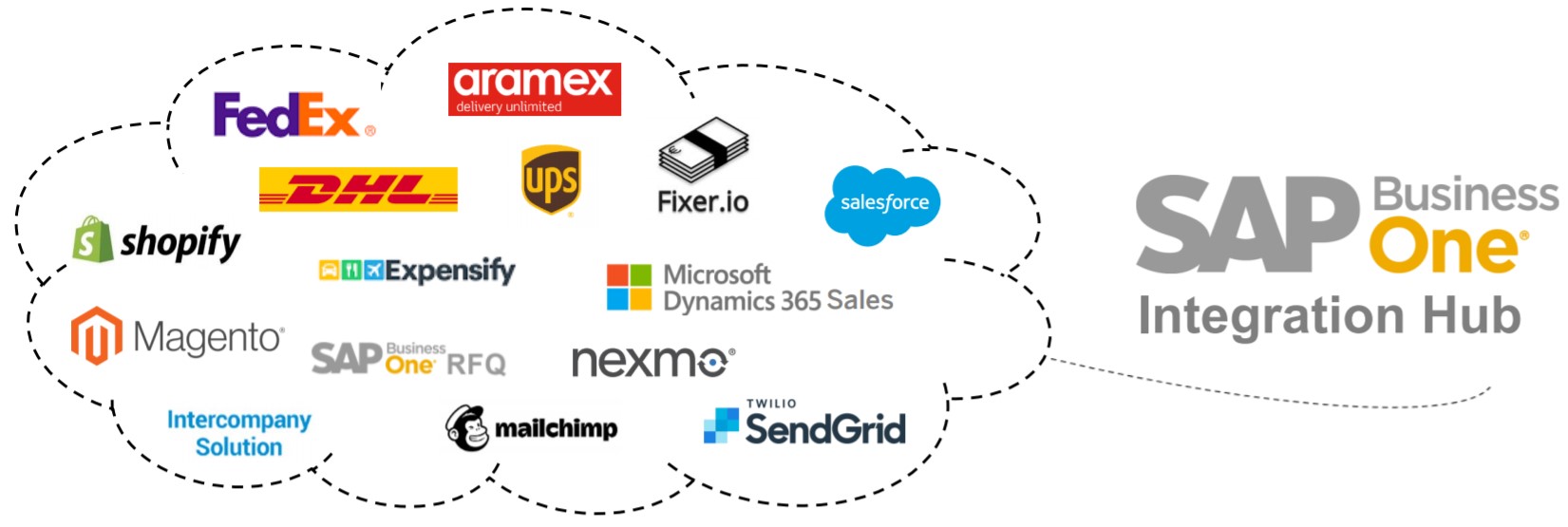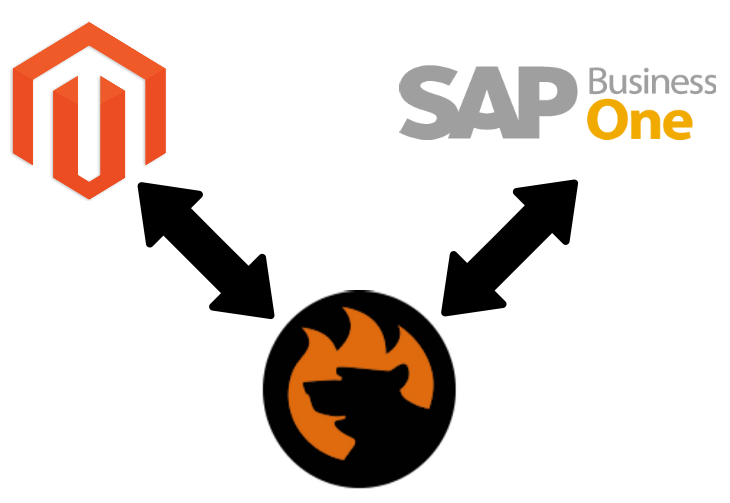Magento 2 Multiple Coupons extension by Mageplaza

Offering appealing coupons is a brilliant way for merchants to capture the attention of customers and enhance customer loyalty. The correct use of coupons will stimulate your customers to come back to your store more. They’re willing to pay more money for your products and services. Besides, coupons also improve customer satisfaction, making them feel happy during their shopping experience in your store.
Magento 2 Multiple Coupons extension by Mageplaza was born to help your stores improve conversion rate and increase sales drastically. Continue Reading







